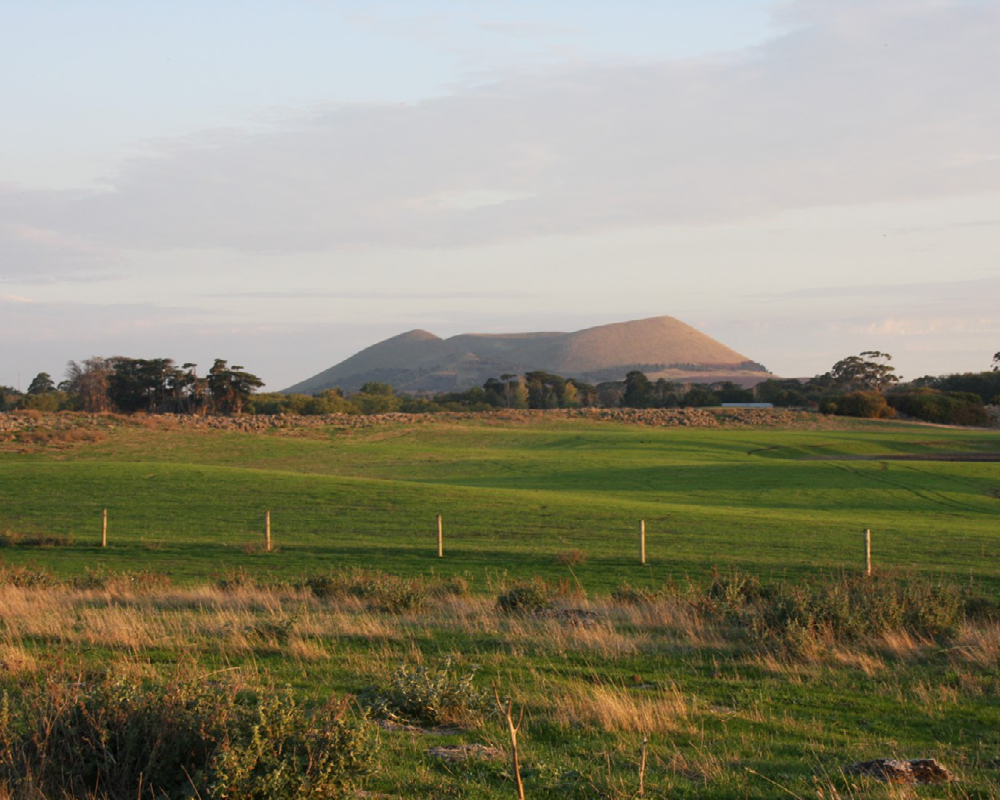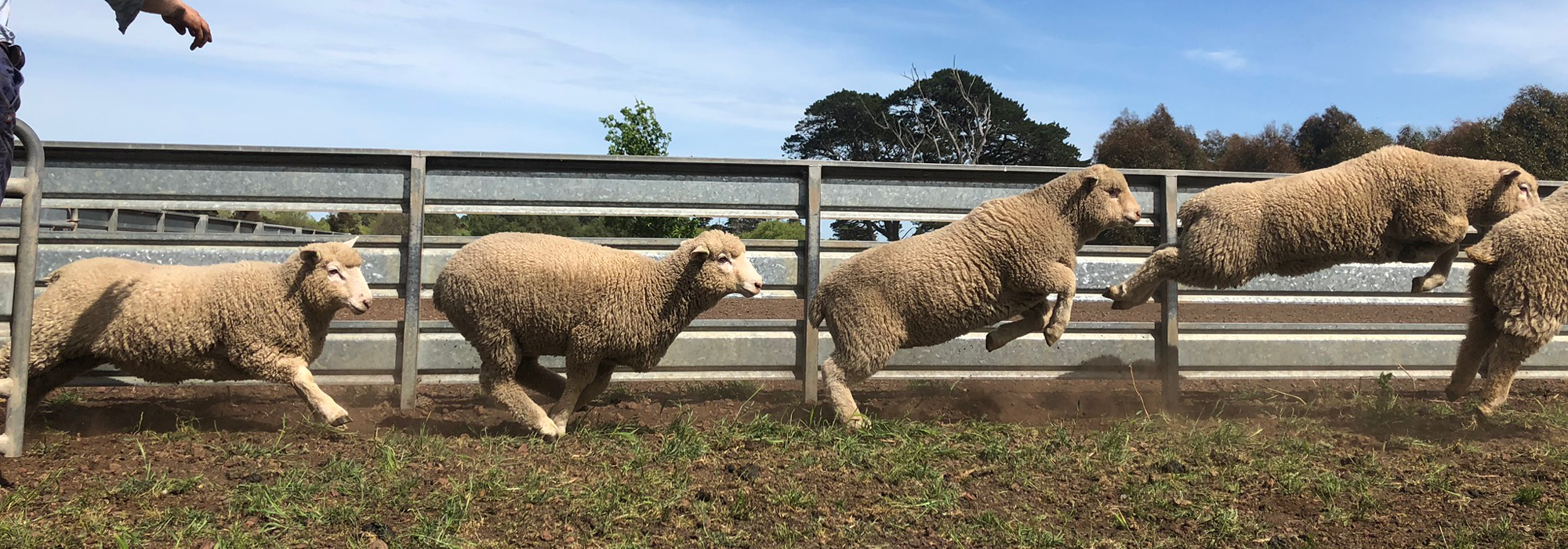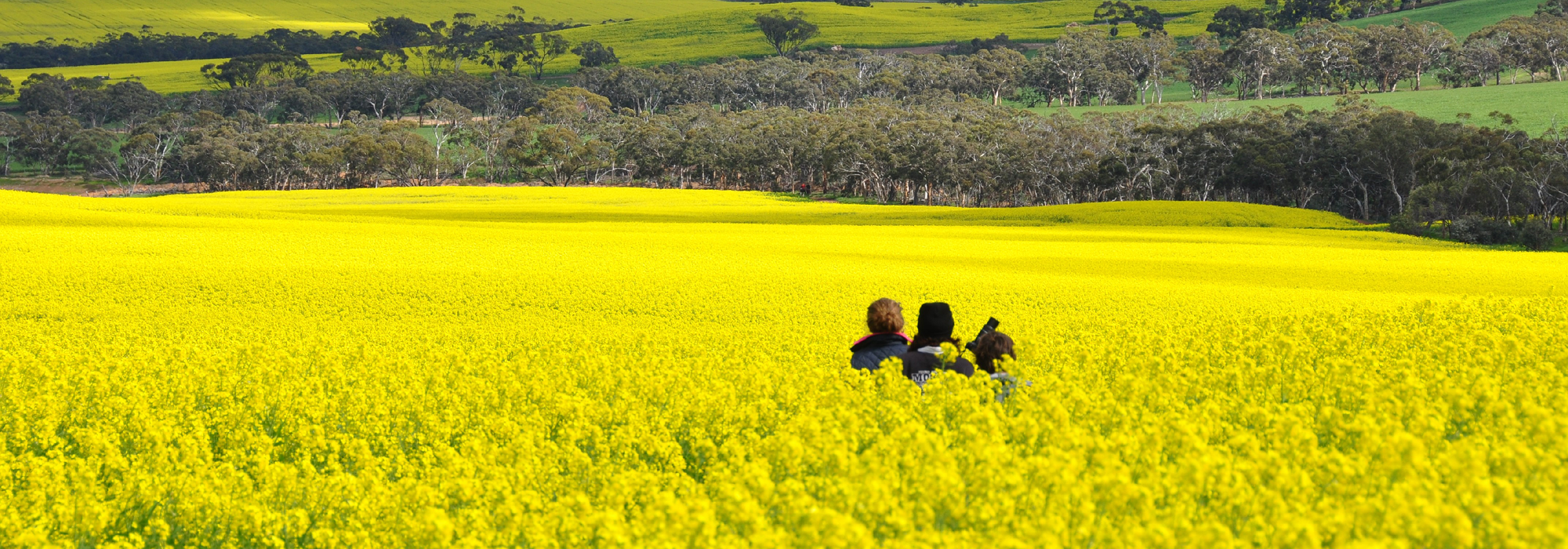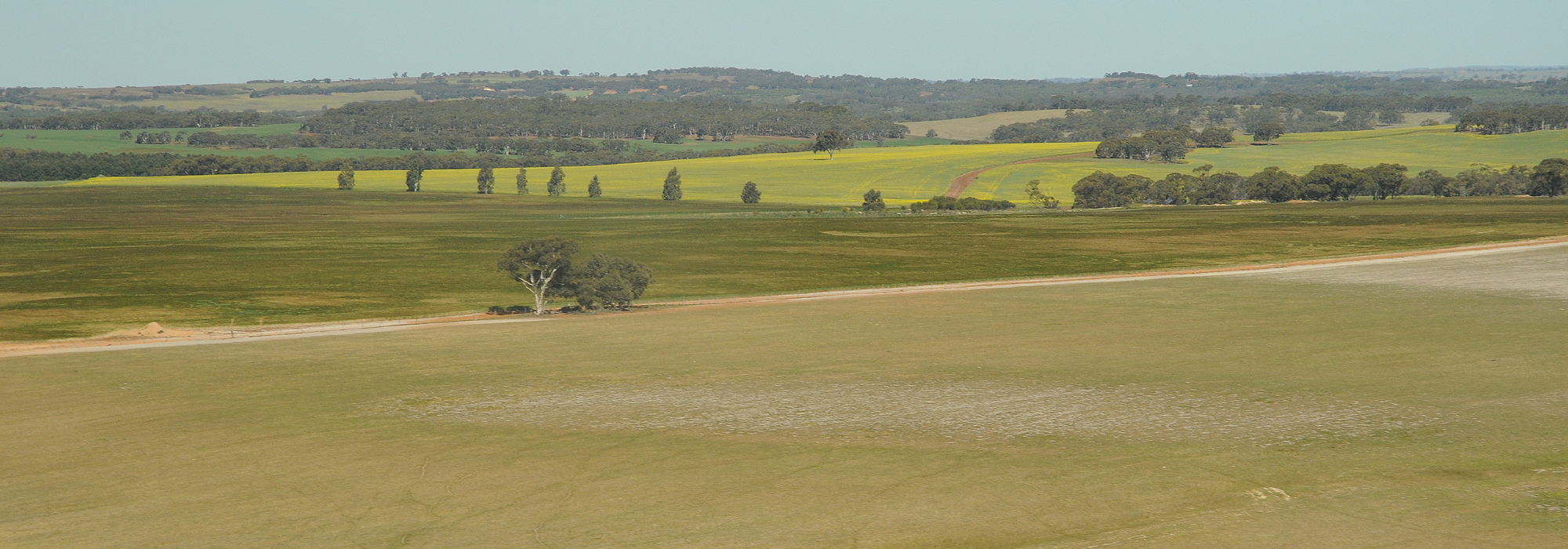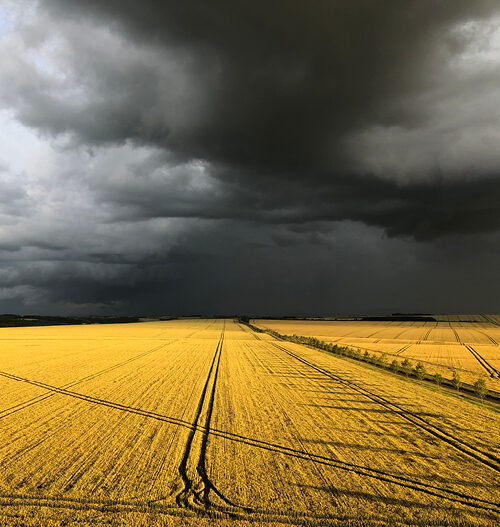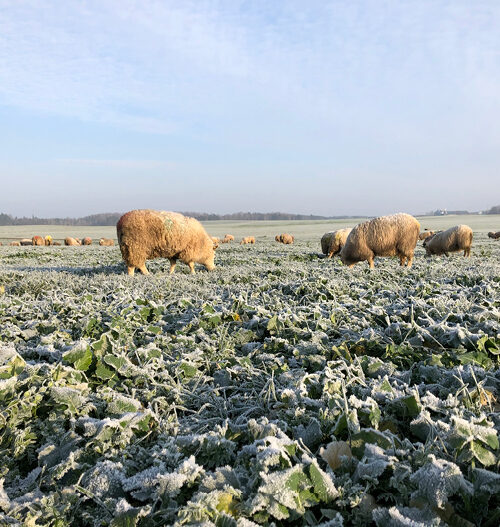Australia
In Australia, we own 10 diverse farms across Tasmania, Western Australia, Victoria and Queensland.
Tasmania
The five farms in Tasmania are on the island’s northeast corner. In Tasmania, we grow potatoes, broccoli, barley, peas and fodder crops like grass and clover seeds. We also run 20,000 breeding ewes that produce 30,000 lambs annually, while our dairy farm caretakes 3,500 Holstein-Friesian dairy cows. These cows graze our pastures year-round.
Western Australia
On our farm, Felton, we grow wheat, malting barley and canola in Felton. The area of the farm is known for predictable rainfall, mild temperatures during the growing season, which makes the crop production reliable, and the yield plentiful and of consistently good quality.
Victoria
Mt Elephant, our farm in Victoria, can be reached from Melbourne by a 2,5-hour drive and produces wheat, barley, canola, faba beans, oats and ryegrass for silage production while also caring for 10 000 breeding ewes.
Queensland
Farm Vella is close to the east coast of Queensland. You can drive to Vella from Brisbane in 2 hours. Vella is an emerging Macadamia nuts-production. McKenzies and Maranos are located less than half an hour drive from Vella. Both are also emerging macadamia orchards.
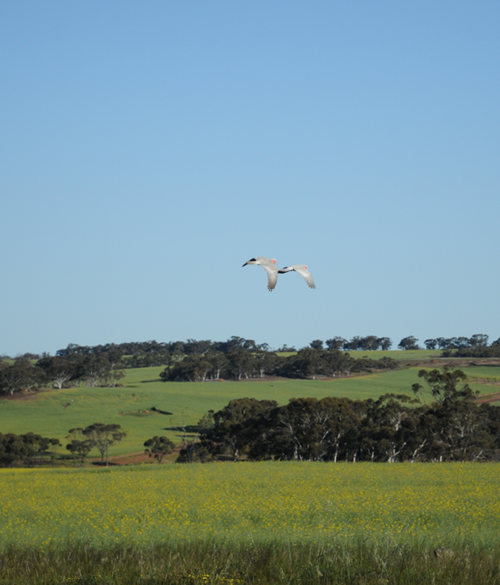
Milk
We produce over 20 million litres of milk annually on our dairy farm in Tasmania. The favourable Tasmanian climate provide excellent conditions for our 3,500 dairy cows, allowing them to graze on lush, green pastures all the year round.
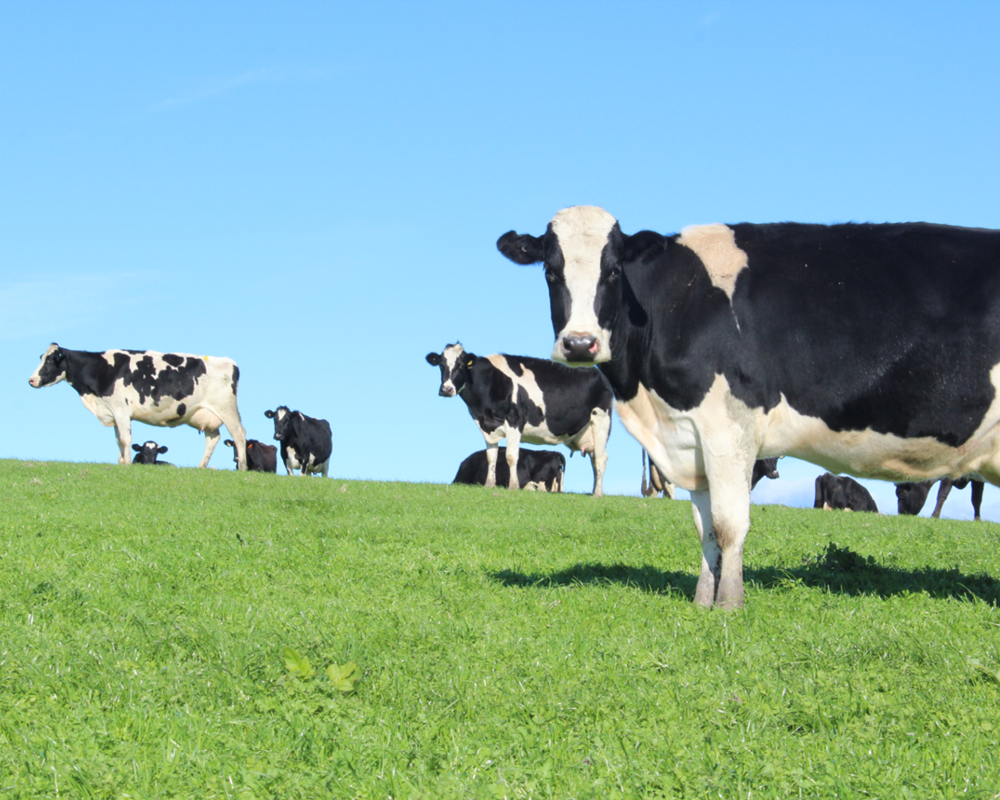
Improving the soil has its benefits
What we see today, by Mt Elephant, even in a year with average rainfall, is the result of years of soil improvement work and farming in harmony with nature. It is also a testament to using cutting edge science, like drones that capture eye footage of crops, to spot any inconsistencies, pests or diseases
